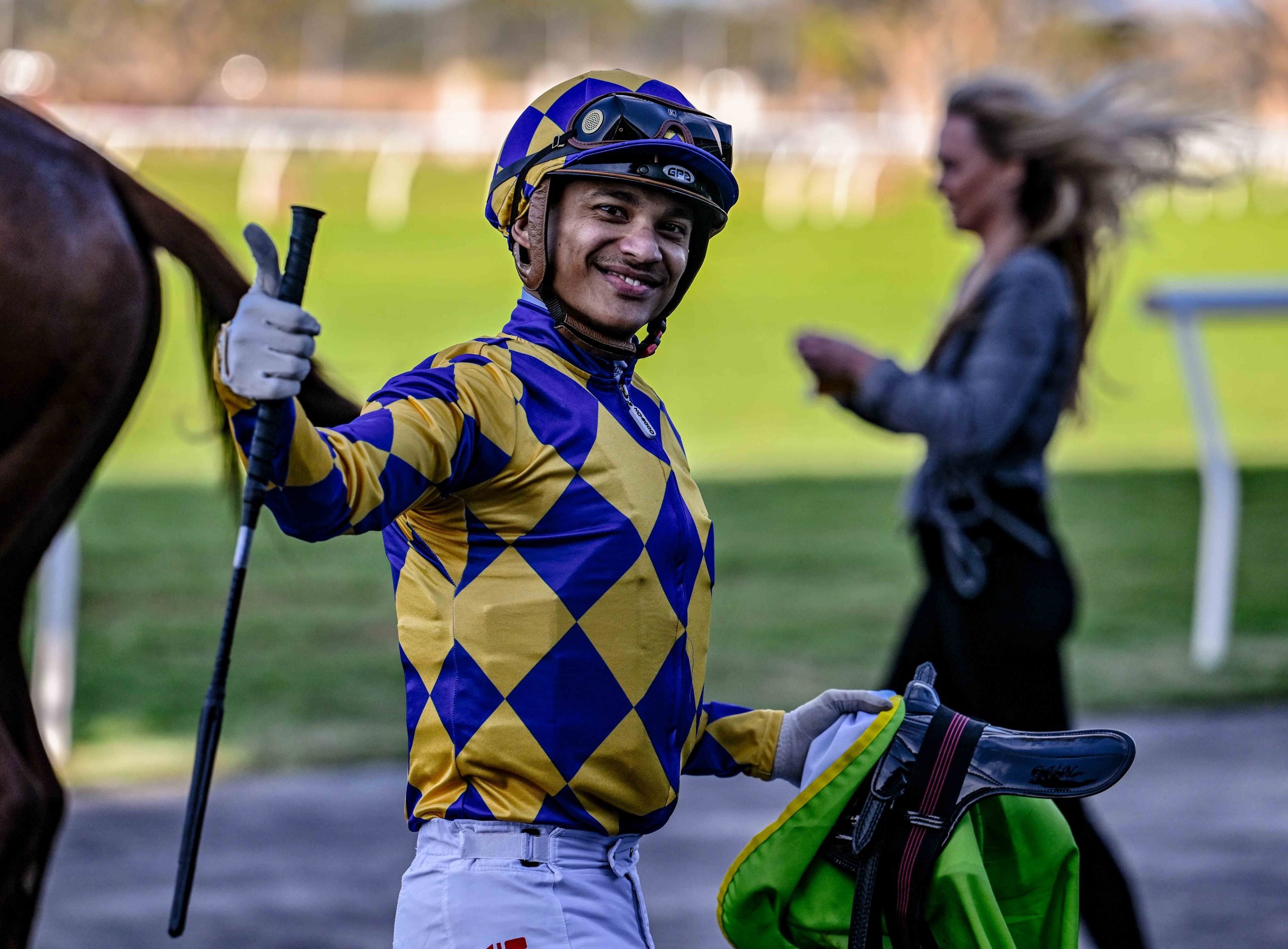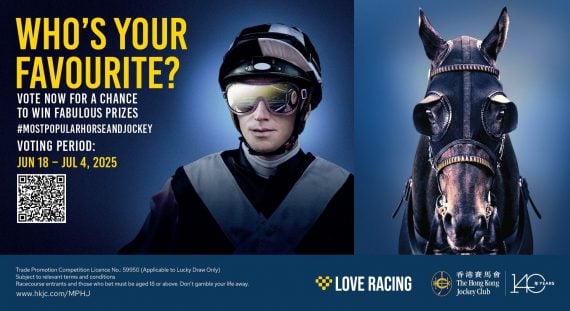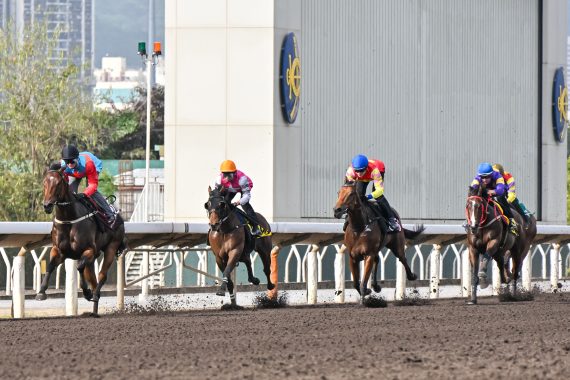Will horseracing’s customer base retain its profile or is it set to change in years to come?
This is the question that racing’s think tank have to ask and should form the basis for any expansion plans and strategies to reach out to a much needed energised customer base.
Why have we seen so little new in racing despite the sport losing ground to its contemporaries year after year?
Leon Smuts writes in the Sporting Post Mailbag that he believes that racing has an unhealthy dependence on a ‘type’ of client and that they have no idea how to get out of this unhealthy reliance. Racing relies heavily on a handful of big playing customers for the largest part of its turnover and multitudes of smaller customers that bolster pools with very little chance of sharing in the spoils.

This reliance is evident worldwide as can be seen from a rapidly ageing customer base in every jurisdiction that the sport is being offered. It is a universal problem that requires a rapid remedy before the inevitable cliff comes into view after which the plunge will be spectacular and very damaging.
I have often written about the need to build new markets for racing and to market the sport to a new generation of players. Surely I am not alone in this plea and the powers that be must be having serious thought about how this can be brought about?
The constraints are well known with systems and budgets at the forefront but with a lack of vision on how to grow the sport not far behind.
The core product is tired and lacks conviction and appeal, even with a loyal racing customer base still strongly supporting a few of the traditional products on offer.
As far as tote offered horizontal exotics go the rankings are clearly Pick 6, then PA, JP 1 and Bipot/JP 2 next in most instances.
This makes sense as the P6 offers the biggest pool and is mostly associated with the biggest dividends, the PA seen as the most entertaining and best chance to be won with the others falling somewhere in between.
Each of these products has its supporters and the pools are reasonably predictable except when carry overs provide a boost or international comingling takes place.
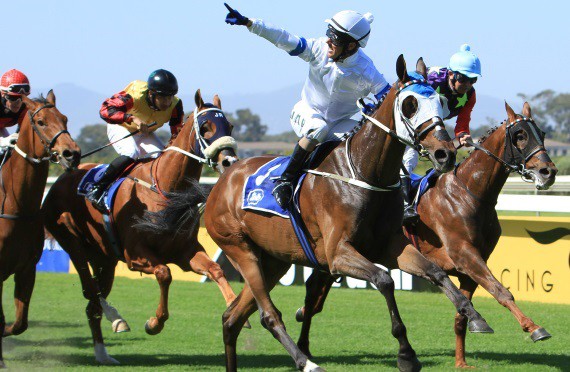
It is evident from these statistics that the big paying or so called ‘dream bet’ is still very popular but what chance does the average punter have to actually catch the pool in its entirety? The answer is very little and mostly a percentage is won or the pool carried over.
In contrast the Lotto winner or casino JP winner is a single big winner in most instances, even though these wins are rare and is based on luck alone as the combinations will drain even the biggest wallet if trying to improve the odds.
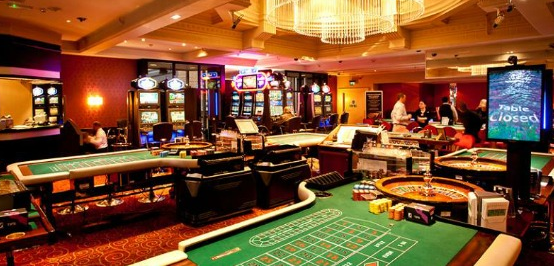
Generation Z and Y are unlikely to be big gamblers like our current crop and they recognise that the odds of a win is heavily stacked against them, like common sense informs every one of us as well.
The allure of a big pay day will still excite them, but it is unlikely to be the main motivator of any involvement from their side.
Their attention span living in an age of instant gratification and fast moving social media is challengingly low and this is not one of racings great strengths either.
Things happen slowly between races and the real action is very limited, even though the relatively short race duration may be a strength that racing could use to its advantage.
I will make a prediction without any hesitation that tomorrow’s racing customer base will, and need to, look very different from today’s customer base and that any failure to recognise this will lead to racing slipping into obscurity along with the cassette tape and combustion engines.

Every effort needs to be made to make the player and playing experience the pivotal point in any new development, with racing to be used as the medium rather than main focal point. What does racing offer over other sports that would give it a benefit?
We are blessed with more quality and quantity on a year round basis than any other sport and the outcomes are far less predictable, which makes for a wonderful basis to offer competitive entertainment.
Racing traditionalists would hate the idea that racing might become the side show in a bigger venture but this would be the foundation for racing to be loved again by a much bigger audience that has mega growth potential.
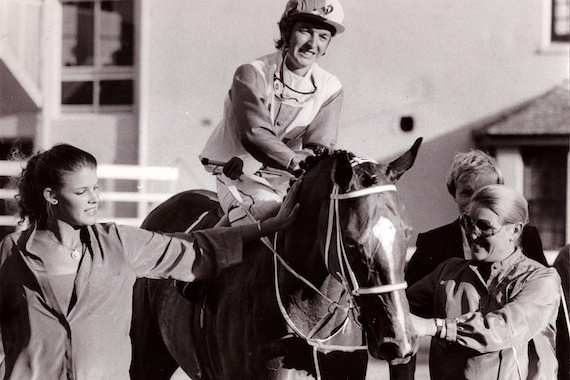
Would it be so bad if racing was a secondary activity for the majority of its customer base even if it meant that the spin offs would be considerable and the sport set to grow again at a much more rapid pace, which would include both players and race horse owners.
This is what a successful racing future would look like and is highly achievable if the right products are introduced that would make participation more entertaining, more affordable and with better quality dividends on offer.
At the heart of the offering must be the player and the playing- experience, and the chance for these generations to be competitive armchair participants pitting their skills against one another with bragging rights and wide scale recognition, the order of the day.







